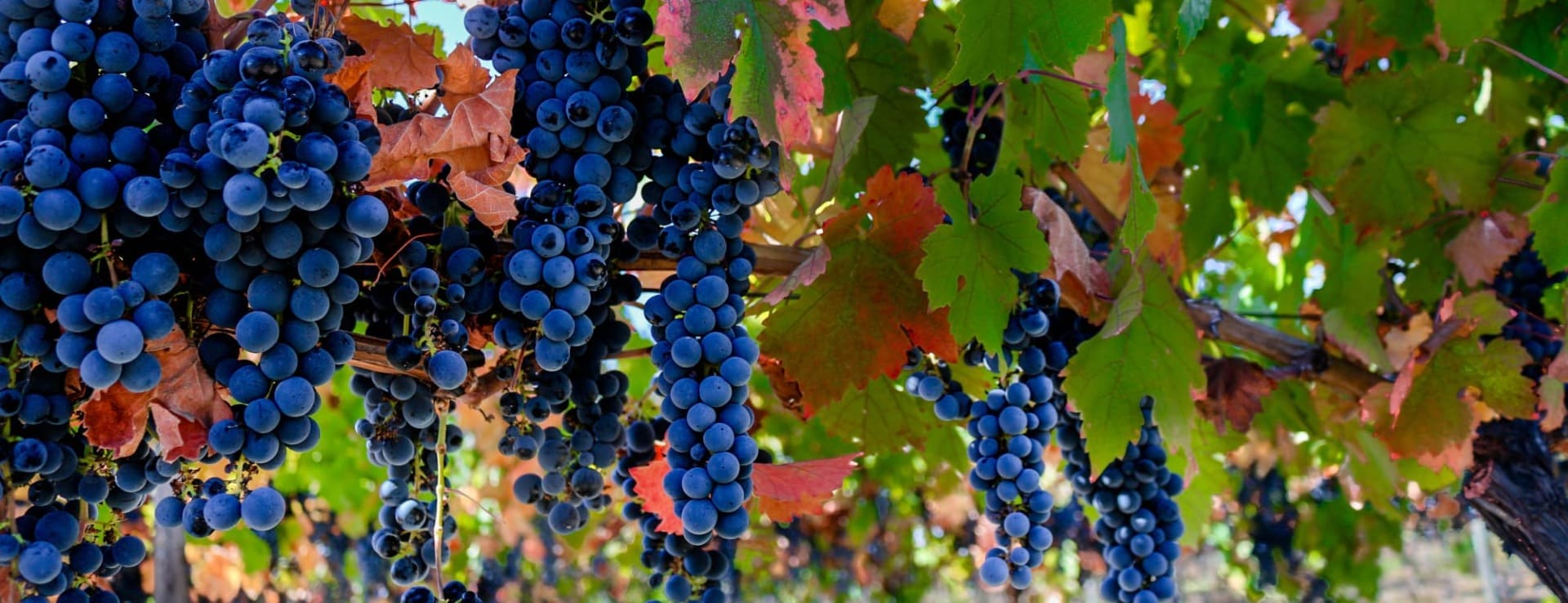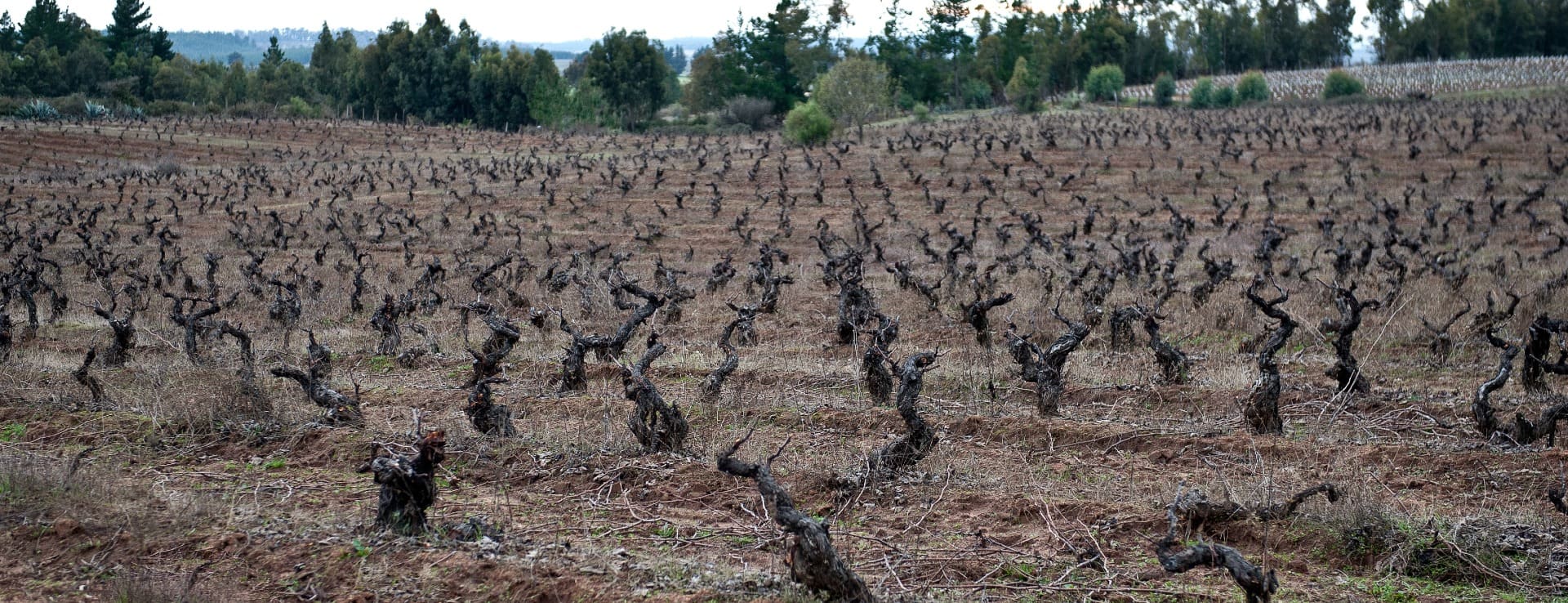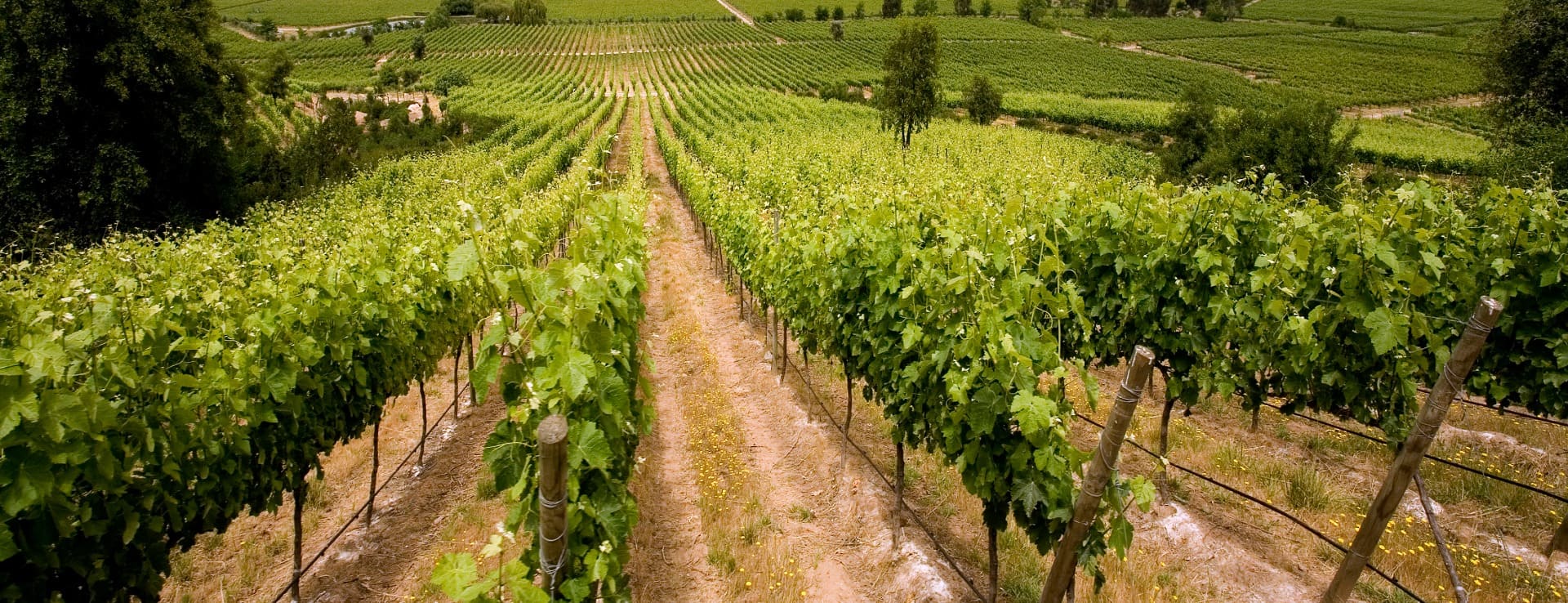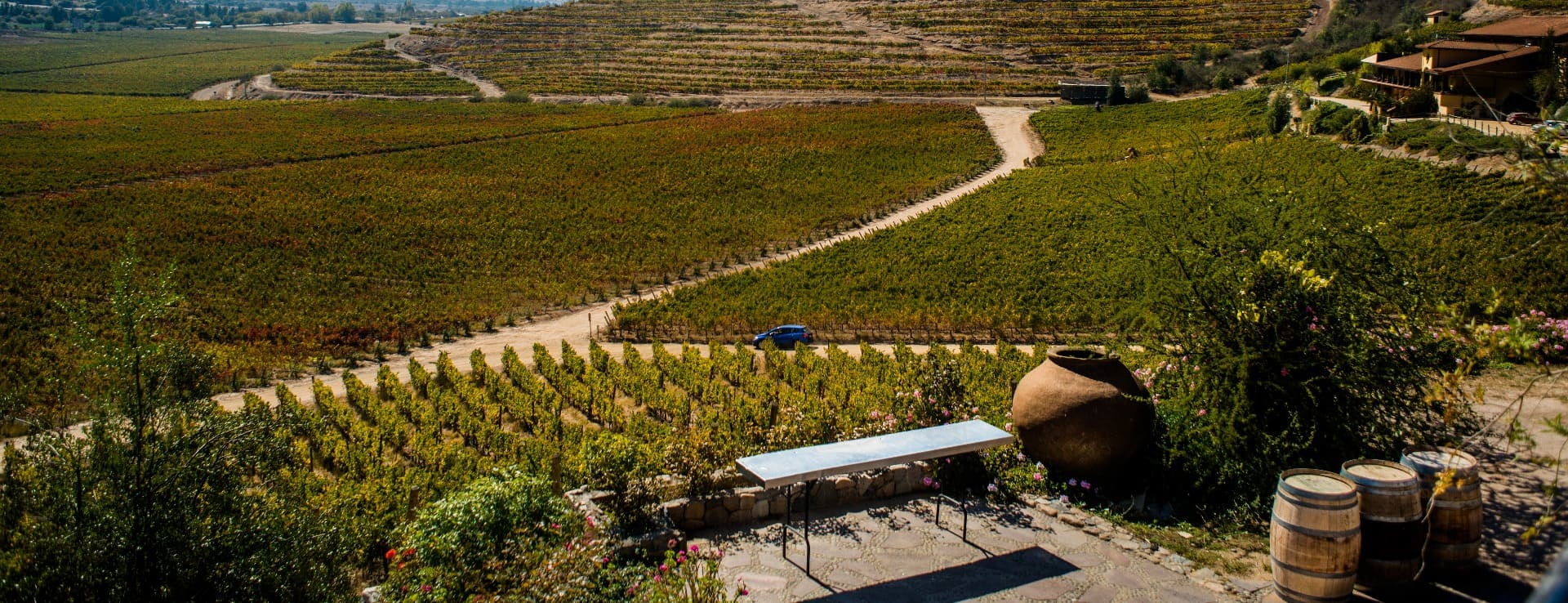Find your winery or vineyard
Infographic of the Denomination of Origin

Change to imperial units (ft2, ac, °F)Change to international units (m2, h, °C)
Total surface area:
2.000 ha4.942 ac
Altitude of the vineyards:
Min: 100m
Max: 600m
Min: 328ft
Max: 1.969ft
Temperature:
Min: 4º
Max: 29º
Min: 39°F
Max: 84°F
Yearly rainfall:
702 l/m265 l/ft2
Designation of origin Valle del Curicó
LOCATION AND HISTORY
The Curicó Valley encompasses the province of Curicó and the commune of Río Claro of the Talca province. In this designation of origin is located one of the largest wineries in Chile: Viña San Pedro.
On the other hand, it is important to mention that in this designation of origin, one of the most important technologic advancements in the Chilean winemaking sector happened at the beginning of the 80s. The Spanish oenologist Miguel Torres used stainless steel tanks for the storage of wine.
The first data about the wine production date back to 1851, when the family Correa Albano introduced vines from the antique continent and specifically from France in the region. This DO together with Valle del Maule have been historically important in the production of bulk wine, although they are currently working on the production of high-quality wines. Currently, the business of wine tourism has reactivated the interest on this designation of origin, several routes with the possibility of enjoying natural landscapes protected by a native flora and fauna.
SOILS
With 45 km wide in Curicó, the Central Valley widens to 75 km in Talca and in its eastern sector we can find a relief with altitudes between 300 and 850 meters above sea level and of sedimentary origin.
The diversity of the landscape in the designation of origin Valle del Curicó makes possible to find a wide variety of soils, both of volcanic and alluvial origin and with a clay loam texture. This fact allows choosing the best conditions according to the different varieties of grapes. The hundred-year-old vineyards attest to being one of the most venerated, diverse and largest wine-growing areas in Chile.
In the area of Curicó and Talca the soils are derived from conglomerates, breccia and volcanic tufa; they are stony except for the heavier volcanic tufa.
The Lontue Valley is considered the wine capital of the valley. Vine cultivation is preferably concentrated in the central valley and in the piedmont of the Coastal Range.
CLIMATE
The climate in the designation of origin Valle de Curicó is Mediterranean with moderate characteristics, depending on the exact geographical location. During the summer months, characterized by abundant natural light, the climate is dry and hot. With the arrival of winter, temperatures gradually drop and generally remain above 0º, although frosts have rarely occurred. The winter nights are cold and humid and there is an increase in rainfall. Rainfall is around 600 mm per year, concentrated mainly during the winter months. In the western part of the Valley and due to the high pressure coming from the Pacific Ocean, the annual rainfall rises to 720 mm, being this area rainier than the Rapel Valley.
TYPE OF GRAPE
With an area of approximately 18,000 hectares of vineyards, the designation of origin Valle de Curicó has the largest area dedicated to the cultivation of white grape varieties in Chile. White wine accounts for 40% of production, with Sauvignon Blanc and Chardonnay being the most widely used grape varieties. In addition to the varieties mentioned, other varieties such as Cabernet Sauvignon, Gewurztraminer, Merlot, Carménère, Malbec and Syrah are grown in this valley.
Discover more wineries and vineyards for sale in these wine regions in Chile
Subscribe to our mailing list to receive news about wineries and vineyards.





